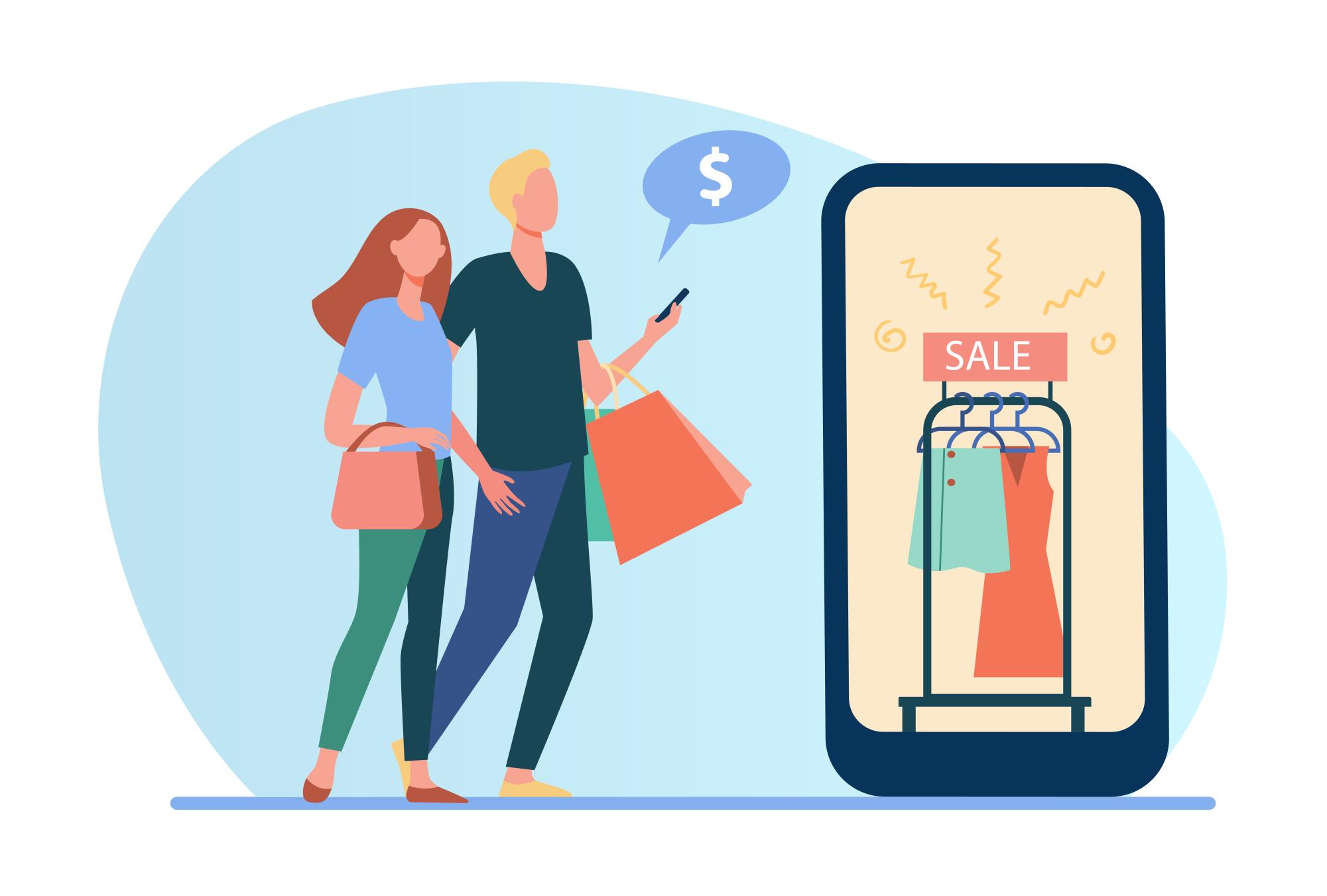Given that 60% of the world’s population uses social media (The University of Maine), influencers can rewrite the rules of consumer behavior with every scroll, like, and share. Matching a celebrity’s mastery of publicizing, these digital models have become the trusted voices that dictate the public’s choices, from fashion to fitness, cooking to crafts, and everything in between.
As their authority grows, however, the question arises: Do we still manage our spending? Or have carefully curated digital personas modified our view of personal control?
A survey from GRIN — the world’s leading creator management platform — of over a thousand U.S. consumers aged 18 to 65+, found that seventy-five percent of shoppers have purchased a product or service because an influencer recommended it (Business Wire). Sixty-six percent of responders — mainly Gen Z — say they look to influencers for product recommendations or reviews, or choose to go to a specific destination because they saw influencers promoting it. The same survey found that 1 out of 3 participants reported that influencers even dictated their television and reading choices.
Amy Hagerty, a sophomore at Wilton High School, says, “I don’t usually buy products I see on social media apps, but I will often go to a more reliable website to buy the same item.”
Hagerty suggests a common pattern among teens and other social media users: while many viewers don’t purchase products directly from the platform, influencers often motivate them to visit alternative websites.
She adds that she’s “inclined to buy a lot of the products because the algorithms on social media apps show a lot of things that you would want to buy after you interact with specific types of products.”
While influencers are just as responsible for promoting overconsumption, this design proves a major contributing factor.
While many may rush to blame social media addiction as the core reason why content creators have polluted the decision-making process of much of the public, many lack a true understanding of why influencers maintain such a strong presence globally.
Viewers trust creators because they establish a sense of authenticity with followers; a popular misconception gives more trust to influencers than a product’s original seller, assuming they offer honest, real-life experiences. Nonetheless, influencers often accept payments or seek compensation to promote products on their pages, which may devalue the credibility of their reviews.
Seventeen-year-old fashion influencer Demetra Dias has over 3 million followers on TikTok and over 1 million followers on Instagram. Her page consists of trendy outfit inspirations and clothing hauls. Taking advantage of her digital presence, she launched a collaboration with Beginning Boutique to create the ‘Soft and Sweet’ line that she advertises on her social media page. While her account may have initially comprised honest reviews of clothing, with fame, many creators like Dias have turned towards collaborations and promotions over authentic scrutiny of products or services, prioritizing their own financial goals.
Ananda Gomez, a senior at Wilton High School with over 19,000 followers on TikTok and over 17,000 followers on Instagram, says, “When I started taking social media seriously and hit 10k, I began to contact brand owners for their products in exchange for content just to get my name out.” Her fashion and lifestyle-based account offers creativity in styling outfits and personal motivation.
“As of right now,” she reports, “I work on my own time and create rates according to the content being provided. Now, brand owners reach out to me via my work email or direct message.”
In contrast to Dias, when asked about how she balances personal values with promoting requested products, Gomez adds that she will “always go through the website or ask for a picture of the piece beforehand to ensure my liking of the product” before collaborating with a brand. “If I don’t think it’s for me,” she says, “then I kindly decline the offer, allowing me to stay truthful to myself and my followers.”
Influencers also gain reliability by boosting the engagement of promotions, often creating narratives around products or services to make them more appealing (Forbes). They also capitalize on the emerging idea of FOMO (fear of missing out) surrounding social media, making products seem exclusive and therefore initiating a faster purchase (Forbes).
Content creators often publish temporary codes for discounts that viewers can use to encourage the purchasing of a specific product, further supporting hasty buying with the illusion that you are saving money.
A report from Nature states that 84% of consumers engage in impulsive purchases, of which 40% are online shopping. More shockingly is the fact that spending on influencer marketing reached roughly $21.1 billion in 2023 (Nature). Meanwhile, traditional marketing strategies have generated 50% fewer interactions with customers than digital marketing (Digital Third Coast).
Creators often gain a following because their viewers aspire to adopt similar lifestyle choices or qualities; however, a common misconception suggests that following them will help achieve such lifestyle or aesthetic goals.
Amy Hagerty points out that “it is so easy to pretend to be something you are not on social media. It can create unrealistic expectations as you are only seeing what they are putting out for their followers. If you see a fitness influencer with a great body, you are going to want to follow their workout routine and eating habits, but you have no idea how genetics play a role in their build.”
While Ananda Gomez proves an influencer, she credits her digital presence with “showing people different ways to style a piece of clothing more than once rather than buying new clothes.” In contrast to simply marketing, her content “allows viewers to buy less while creating the illusion that you have new clothes,” suggesting that content creators can impact consumerism in a positive light.
According to Earth.org, 85% of all textiles go to landfills annually. Even the act of washing clothes releases 500,000 tons of microfibres into the ocean per year — the equivalent of 50 billion plastic bottles. The True Cost, a 2015 documentary, reports that consumption rates are 400% higher compared to the last twenty years, as 80 billion new pieces of clothing are being consumed globally.
This issue of overconsumption impacts the environment, particularly when it comes to fast fashion. According to the UN Environment Programme, fast fashion is the second-biggest consumer of water and produces up to 8% of all global carbon emissions, surpassing the amount created from all international flights and maritime shipping combined.
While eliminating social media completely from everyday life presents difficulty and unrealistic expectations, strategies exist to avoid unnecessary spending on such platforms. Emphasize time limits within apps, and turn on Do Not Disturb for unneeded notifications.
Other strategies include unfollowing inessential accounts and engaging with creators who align with your interests and goals. With growing awareness of social media misuse, many find having a clear purpose on social media helpful. Recognizing the true nature of what they seek or engage with on these platforms proves crucial, as it empowers users to avoid the perilous traps of unintended misuse.



